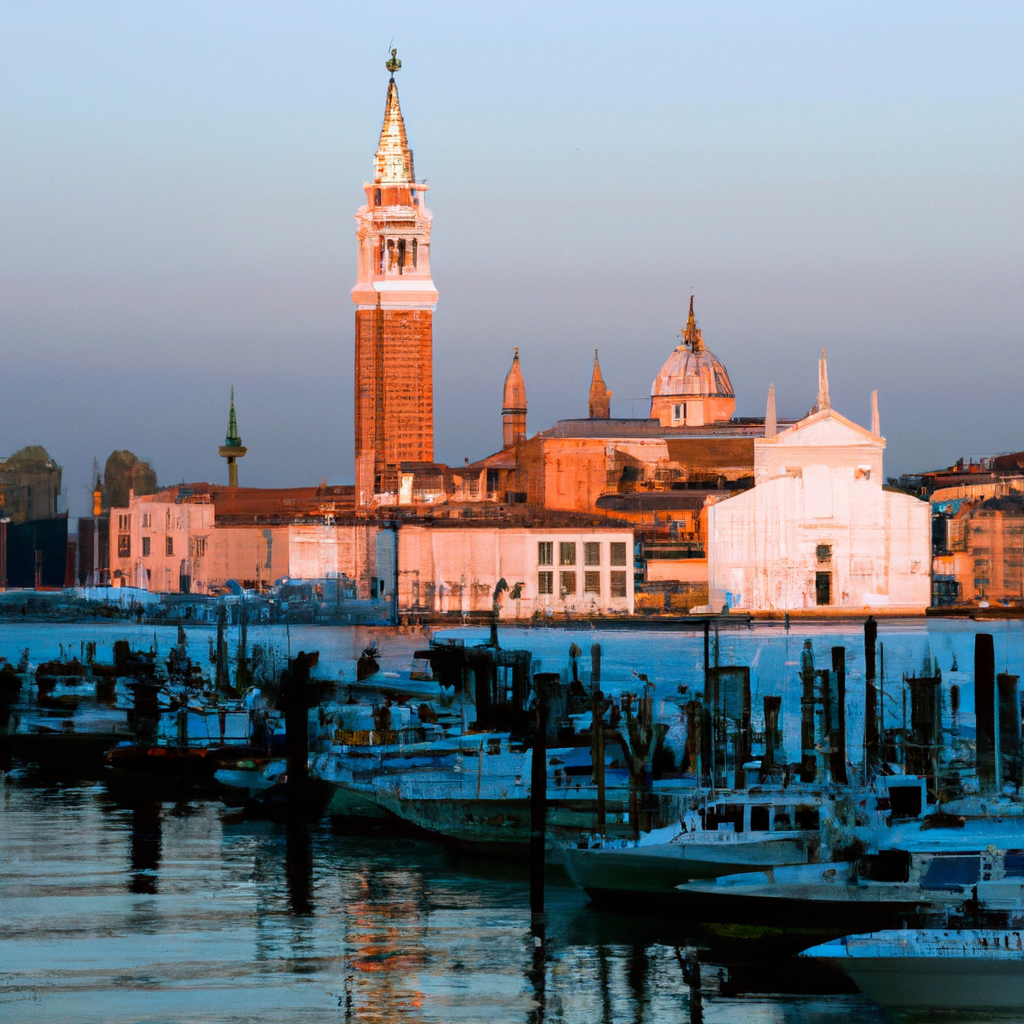
Amidst the aged cobblestone streets and the labyrinthine canals of Venice, a pivotal artistic exploration unfolds within the storied walls of an ancient palazzo—its spaces lit by the quiet infusion of East with West, past intermingling with present, order dancing with chaos. This is the domain of Shahzia Sikander, an artist whose work transcends the simplicity of categorization, diving deep into a dialogue of dualities. Her retrospective, "Collective Behavior," invites an elite audience to wade into the depths of this discourse, presented amid the grandeur that only Venice can provide.
A confluence of miniature painting traditions from her native Pakistan with contemporary forms and methods, Sikander's work is a testament to the power of hybridity. Her canvases are not merely objects to observe but portals to myriad worlds, each brushstroke a narrative, and every color a different shade of cultural convergence. Sikander, a stalwart figure on the global art scene, rejuvenates these historical art forms, demonstrating their relevance and resonance in modern discourse. Her articulate rebellion against the restrained boundaries of classical miniaturism marks her as a pioneer in a relentless pursuit of artistic evolution.
The seminal exhibition in Venice, convened in a space echoing with centuries of artistic declarations, is as much a historical survey as it is a contemporary intervention. "Collective Behavior" showcases Sikander's decades-long commitment to challenging the status quo, her art a sophisticated dissolve of geographical and temporal boundaries. The intricate layers of her pieces suggest a multitude of meanings, each viewing offering a new interpretation, a fresh lens through which to examine the complexities of cultural identity.
The labyrinth motif recurrent in her work metaphorically complements the Venetian setting, with both the city and the artworks inviting viewers to lose themselves in contemplation. Sikander's approach—deliberate yet elusive—coaxes the spectator into a mental game of hide and seek among motifs that hint at the chaotic, the orderly, the ancient, and the avant-garde.
As Sikander reflects on her artistic journey, each word is weighed with the gravity of someone who not only creates art but lives through it. "My work is an invite to delve," she declares, implying that her art requires a surrender to the sensory experiences and intellectual engagement it provokes. In this way, Sikander becomes a sculptor of not just materials but of thought, each creation a catalyst for cognitive evolution and cultural introspection.
In Venice, the city itself performs as a grand canvas, with "Collective Behavior" a vivid stroke upon it. For visitors, the exhibition offers more than aesthetic enjoyment—it promises a profound encounter with art's potential to question and communicate across the divides of time and geography. Shahzia Sikander, with her poetic fusion of techniques and traditions, remains a luminary figure, her art not only seen but profoundly felt.